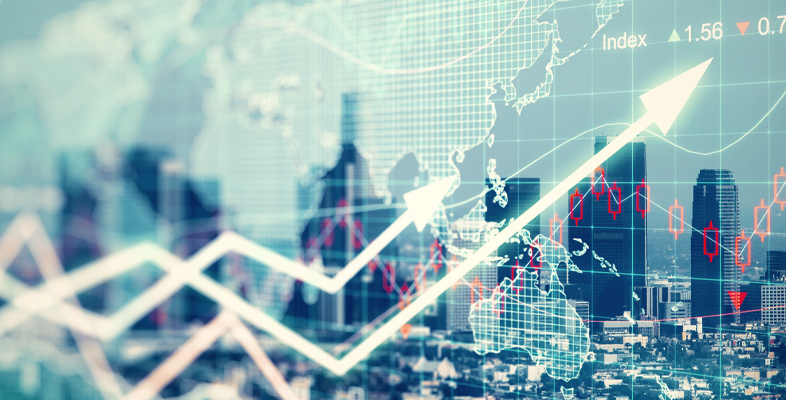Special | A | B | C | D | E | F | G | H | I | J | K | L | M | N | O | P | Q | R | S | T | U | V | W | X | Y | Z | ALL
C |
|---|
Credit ratingA credit rating is a score which reflects the opinion of a credit rating agency or a credit reference agency about the credit worthiness of an individual, a corporation, a financial obligation or even a country. The rating is intended to provide the market with an evaluation of a potential borrower's ability to service and repay its obligations in the future. The rating is prepared either by a rating agency typically on a solicited basis, i.e. at the request of the lender and/or debt issuer, or by a reference agency on an unsolicited basis, i.e. without consultation using publicly available information. | |
Current assetsCurrent assets are assets which remain in a business only a short time or change over time. A good example would be raw materials purchased for manufacture, which would be used up in a production process and replaced. | |
Current liabilitiesCurrent liabilities are amounts owed by a business to others that are payable within one year at the end of an accounting period. There are several different types of items which could be included in current liabilities, but trade payables, accruals and short-term loans are common examples. | |
D |
|---|
DividendsDividends are the payments to shareholders. They are usually paid on an annual or half-yearly basis. The size of dividend payments is usually linked to the financial performance of the company that issues the shares. It is at the discretion of companies, subject to approval by its shareholders, whether dividends should be paid. | |
G |
|---|
Gross domestic productGross domestic product is the measure of the value of final goods and services produced within a given country's borders. | |
M |
|---|
Market capitalisationMarket capitalisation refers to the value of a company traded on the stock market. It is calculated by multiplying a company's outstanding shares by the current share price. | |
N |
|---|
Non-current assetsNon-current assets are assets for long-term use, generally speaking, for more than one year. Capital expenditures that have been capitalised (i.e. recognised in the balance sheet) appear on the face of the balance sheet as non-current assets. | |
O |
|---|
Opportunity costA key concept in economics, an opportunity cost is the cost related to the second best choice available to someone who has chosen from several mutually exclusive options. Thus it is a measure of what has been foregone by a particular course of action and expresses the basic relationship between scarcity and choice. Opportunity costs are not restricted to monetary or financial costs: the real cost of output foregone, lost time, pleasure or any other benefit that provides utility should also be considered an opportunity cost. | |
OutsourcingOutsourcing is the contracting out by an organisation of a business function, typically previously carried out inside the organisation. | |
